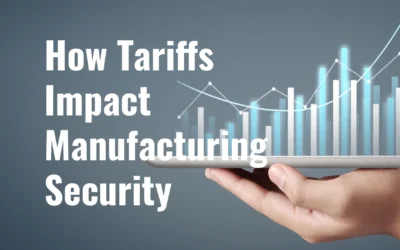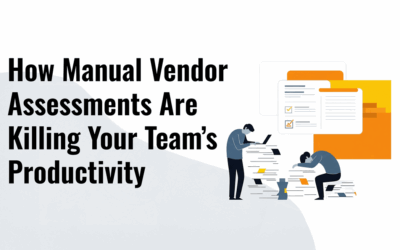The MOVEit breach occurred in July 2023 and exposed the sensitive data of several government agencies, including the Department of Health and Human Services, the Oregon Department of Transportation, and the Department of Energy. The breach was caused by a vulnerability in the file transfer software MOVEit, which is used by many public sector organizations to share files securely with their vendors and partners. This incident highlights the importance of vendor risk management in the public sector and the challenges and opportunities that come with it.
Regulatory Requirements and Vendor Risk in the Public Sector
The public sector is a prime target for cyberattacks, as it holds vast amounts of valuable and confidential information, such as personal data, financial records, and national security secrets. Moreover, the public sector often relies on complex and interconnected networks of vendors and contractors, who may have different levels of security and compliance standards. This creates potential weak links in the supply chain that can be exploited by malicious actors.
To mitigate this risk, public sector organizations need to implement robust vendor risk management programs that can identify, assess, monitor, and remediate risks associated with their vendors. Vendor risk management is not only a best practice, but also a legal obligation for many public sector entities, as they have to comply with various government regulations and certifications, including the Cybersecurity Maturity Model Certification (CMMC) and the Federal Information Security Management Act (FISMA), that require effective vendor risk management.
FISMA is a law that defines a comprehensive framework that requires federal agencies to develop, document, and implement an information security program to protect their information and information systems. While the law was initially applicable to only U.S. federal agencies, FISMA’s scope has widened to apply to state agencies that administer federal programs, such as Medicare and Medicaid, or private businesses and service providers that hold a contract with the U.S. government. To comply with FISMA requirements, agencies must maintain an inventory of all third-party vendors, tier vendors based on their risk profile, and conduct assessments of vendors to identify and remediate risk. Additionally, FISMA mandates that organizations monitor information systems continuously, requiring agencies to monitor the internet-facing attack surfaces of their vendors using tools like ThreatScape.
CMMC is a framework that aims to enhance the cybersecurity posture of the defense industrial base (DIB), which consists of over 300,000 companies that provide products and services to the Department of Defense (DoD). These contractors must all be CMMC certified by September 30, 2025, in order to bid for contracts. CMMC requires DIB contractors to undergo a third-party assessment of their cybersecurity maturity level. As part of the process, these organizations need to have strong vendor risk management programs in place as part of their overall risk management strategy to be CMMC compliant.
How Public Sector Organizations Can Effectively Manage Vendor Risk
Vendor risk management is a complex and ongoing process that requires collaboration, communication, and coordination among multiple stakeholders and functional areas. It also requires the use of tools and technologies that can automate and streamline vendor assessments and continuous monitoring, as well as provide visibility and transparency into an organization’s vendor network. By implementing effective vendor risk management programs, public sector organizations can not only enhance their security and compliance posture, but also improve their operational efficiency, performance, and reputation.
To achieve these benefits, public sector organizations need to leverage technologies that can help them automate and optimize their vendor risk management processes. For example, they should use:
- Vendor risk management software that can centralize and standardize their vendor risk management activities across their entire vendor network
- Vendor risk assessment tools that can automate the vendor risk assessment process using predefined templates, questionnaires, scoring models, etc.
- Continuous monitoring tools that can provide real-time visibility into the internet-facing attack surface of their vendors
- Software that can help organizations prioritize and manage the issue creation and remediation process
The MOVEit breach is a reminder for public sector organizations to rethink their vendor risk management strategies and practices. Vendor risk management is not only a regulatory requirement but also a strategic advantage for public sector organizations that want to protect their data and systems from cyberattacks. By implementing technologies that can automate and optimize the vendor risk management processes, public sector organizations can achieve compliance with standards and certifications like FISMA and CMMC, and more importantly, enhance their security and privacy posture.
How ProcessBolt Can Help
ProcessBolt is a leading provider of vendor risk management software that enables organizations to manage the entire vendor risk management process within a single platform. ProcessBolt AI is a fully integrated AI-driven platform that extracts intelligence directly from vendor policy documents to populate security assessments and correlates that data with the vendor’s attack surface intelligence, taking an enormous amount of friction out of the vendor risk assessment process.
Complete this form to learn more about how we can help public sector organizations effectively and efficiently manage vendor risk.




